By_Suraj Karowa

October 10, 2025 – Manila, Philippines
In the pre-dawn hours of October 10, a powerful earthquake of magnitude 7.5 struck offshore in the southern Philippines, sending shockwaves through the Mindanao region and igniting fears of a deadly tsunami. The quake, centered in the waters off Manay town in Davao Oriental province, rattled coastal communities just two weeks after the country’s most lethal seismic event in over a decade. As of midday, tsunami warnings remained in effect for parts of the Philippines, Indonesia, and Palau, with evacuations underway and reports of structural damage emerging from the hardest-hit areas.
The Philippine Institute of Volcanology and Seismology (Phivolcs) first pegged the quake at 7.6 magnitude before revising it downward to 7.5, with a shallow depth of 20 kilometers (12 miles). The epicenter lay approximately 33 kilometers east-southeast of Baculin and 40 kilometers from Santiago in Davao Oriental, according to the United States Geological Survey (USGS). Tremors were felt intensely across Mindanao, including in major cities like Davao City and Butuan, with intensities reaching Intensity V—strong enough to awaken sleepers and cause dishes to rattle—on the Phivolcs scale.

Eyewitness videos circulating on social media captured the terror: At Mapua School in Davao City, children and teachers ducked under desks as the ground heaved violently, bookshelves toppling and screams echoing through classrooms. In a bustling market in Davao, shoppers scrambled for cover amid swaying stalls and falling debris. “It was like the earth was roaring,” one resident posted on X, sharing footage of cracked roads and panicked crowds fleeing to open fields. Firefighters in Davao assumed “safety positions” during the shaking, bracing against walls as sirens wailed.
The quake’s timing—striking at 9:43 a.m. local time (01:43 UTC)—caught many in mid-morning routines. Hospitals, schools, and government offices in Davao Oriental and nearby provinces evacuated immediately, with parents rushing to collect children from schools like Mapua. Social media flooded with pleas for safety: “Praying for Mindanao—stay strong, Philippines,” read one viral post from a Davao native, amassing thousands of likes.
Another user shared a clip of receding seawaters in coastal areas, a classic precursor to tsunami waves, urging followers: “Evacuate now if you’re near the shore!”
Phivolcs issued an urgent tsunami advisory, warning of “destructive” waves up to 1-3 meters (3-10 feet) above tide levels in central and southern Philippine coasts. “Life-threatening wave heights” could arrive as early as 9:43 a.m. to 11:43 a.m. PST, with surges potentially persisting for hours, the agency cautioned. Coastal residents were ordered to higher ground or inland, with sirens blaring and text alerts pinging phones across the archipelago. The Pacific Tsunami Warning Center (PTWC) echoed the alert, noting hazardous waves possible within 300 kilometers (186 miles) of the epicenter, extending to northern Sulawesi and Papua in Indonesia, and the Pacific nation of Palau, where waves up to 1 meter were forecast.
President Ferdinand Marcos Jr. responded swiftly, convening an emergency cabinet meeting in Manila. “We are working round the clock to ensure help reaches everyone who needs it,” Marcos said in a televised address, flanked by disaster response officials. Search-and-rescue teams from the Philippine National Police and Armed Forces were mobilized, though deployment awaited safer conditions amid aftershock risks. Phivolcs predicted multiple aftershocks, including a 5.5 magnitude event 35 kilometers east-southeast of Manay just 16 minutes after the main quake, at a depth of 68 kilometers. The European-Mediterranean Seismological Centre recorded the primary event at 7.4 magnitude and 58 kilometers deep, highlighting minor discrepancies typical in real-time assessments.
Initial damage reports painted a grim picture.
Davao Oriental Governor Edwin Jubahib, speaking to broadcaster DZMM amid ongoing tremors, described widespread panic: “It was very strong. Some buildings were reported damaged.” In Davao City, a school sustained visible cracks, with videos showing collapsed ceilings and frightened students huddled outside. Power outages flickered in parts of Mindanao, and the National Grid Corporation reported minor disruptions. No confirmed casualties had been reported by press time, but local authorities warned of potential injuries from falling objects. In a stark reminder of vulnerability, the quake follows the September 30 magnitude 6.9 event off Cebu island, which killed 72 people—the deadliest in the Philippines since a 2013 Bohol quake that claimed 222 lives—displaced tens of thousands, and wrecked over 70,000 homes.
The Philippines, straddling the Pacific “Ring of Fire,” endures over 800 earthquakes annually due to its position at the convergence of tectonic plates, including the Philippine Trench where the Pacific Plate subducts beneath the Philippine Sea Plate. Experts like Yu Zeng, a postdoctoral researcher at the University of South Florida, noted the region’s propensity for “ballistic” seismic events, with tongues of energy—metaphorically akin to the quake’s rapid propagation—reaching speeds up to 16 feet per second.
This offshore quake, likely triggered by thrust faulting along the subduction zone, underscores the archipelago’s seismic volatility. Historical precedents abound: The 1976 Moro Gulf quake (magnitude 8.0) unleashed a tsunami killing 8,000, while the 2019 Mindanao series (up to 6.8) left scars on the same fault systems.
International aid offers poured in as the crisis unfolded. The U.S., through its Tsunami Warning System, coordinated with Phivolcs, while neighbors like Indonesia activated coastal defenses. Singapore, Malaysia, and Canada expressed readiness to assist, echoing support after the Cebu disaster. On X, global solidarity trended under #EarthquakePH and #TsunamiWarningPH, with users from California to Tokyo sharing resources: “No threat to U.S. West Coast,” confirmed meteorologist Sandhya Patel, alleviating distant fears.As the sun climbed over Mindanao, evacuees gathered in open fields, clutching belongings and scanning horizons for waves. Marcos urged calm: “Our resilience is our strength.” Yet, with aftershocks rumbling and the sea restless, the full toll remains untold. Phivolcs’ bulletin warned: “Expect more.” In a nation forged by fire and water, today’s quake is not just a tremor—it’s a call to rebuild, stronger.
As the sun climbed over Mindanao, evacuees gathered in open fields, clutching belongings and scanning horizons for waves. Marcos urged calm: “Our resilience is our strength.” Yet, with aftershocks rumbling and the sea restless, the full toll remains untold. Phivolcs’ bulletin warned: “Expect more.” In a nation forged by fire and water, today’s quake is not just a tremor—it’s a call to rebuild, stronger.
Discover more from AMERICA NEWS WORLD
Subscribe to get the latest posts sent to your email.
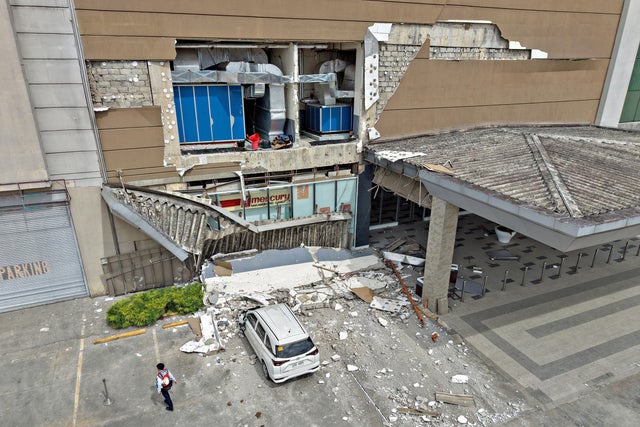



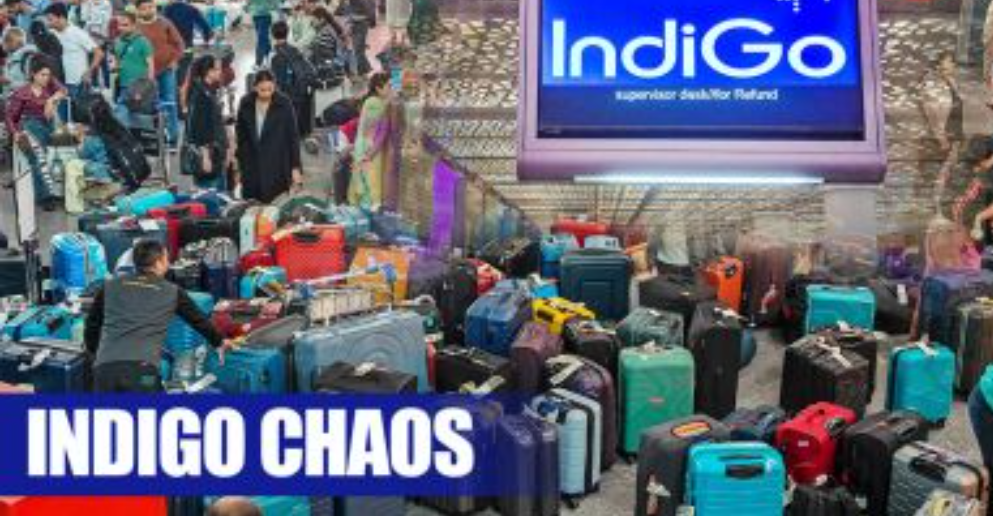
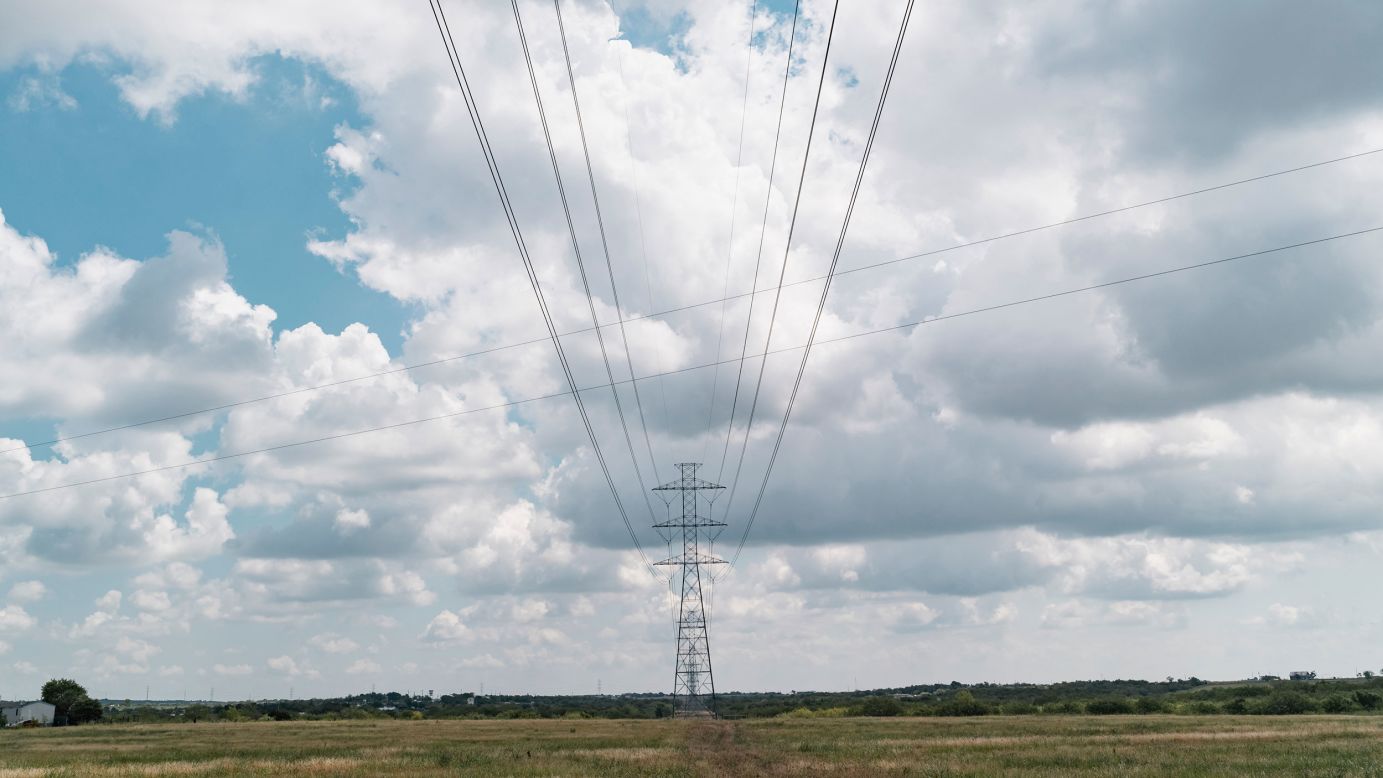






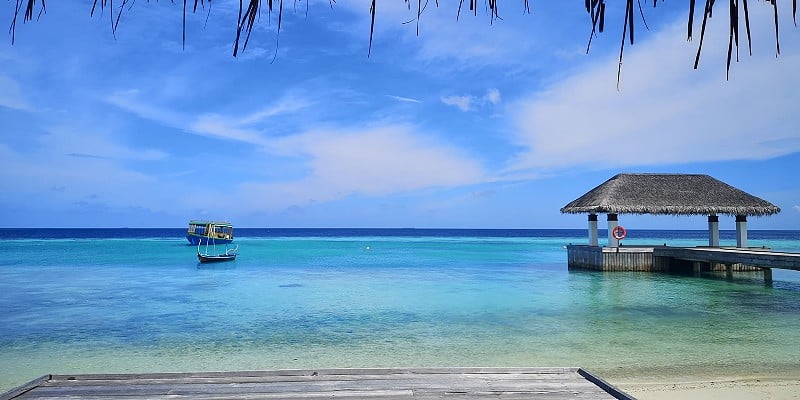
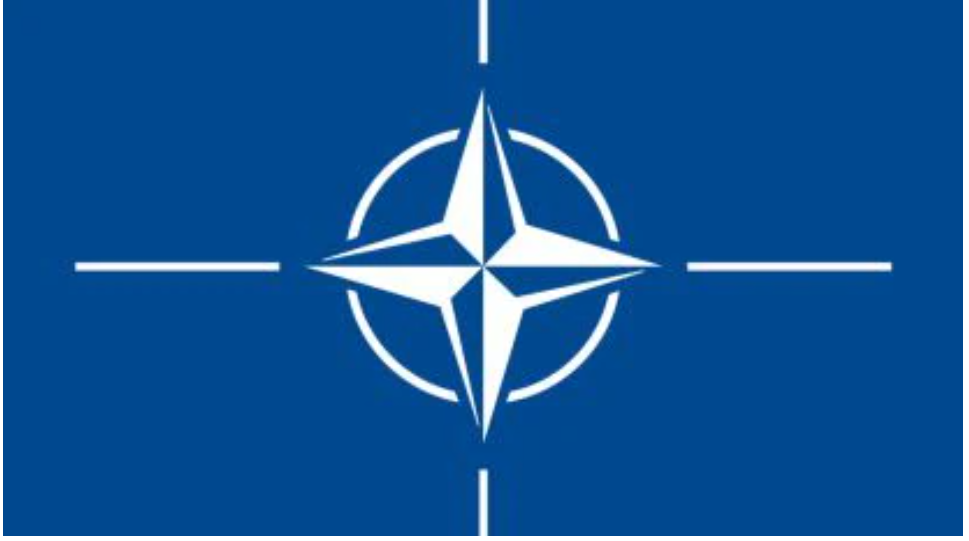
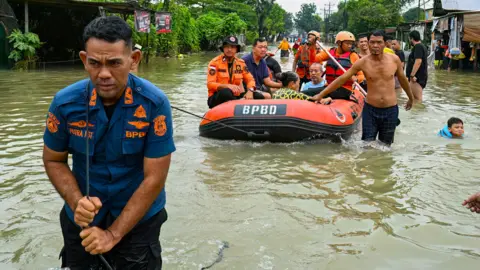



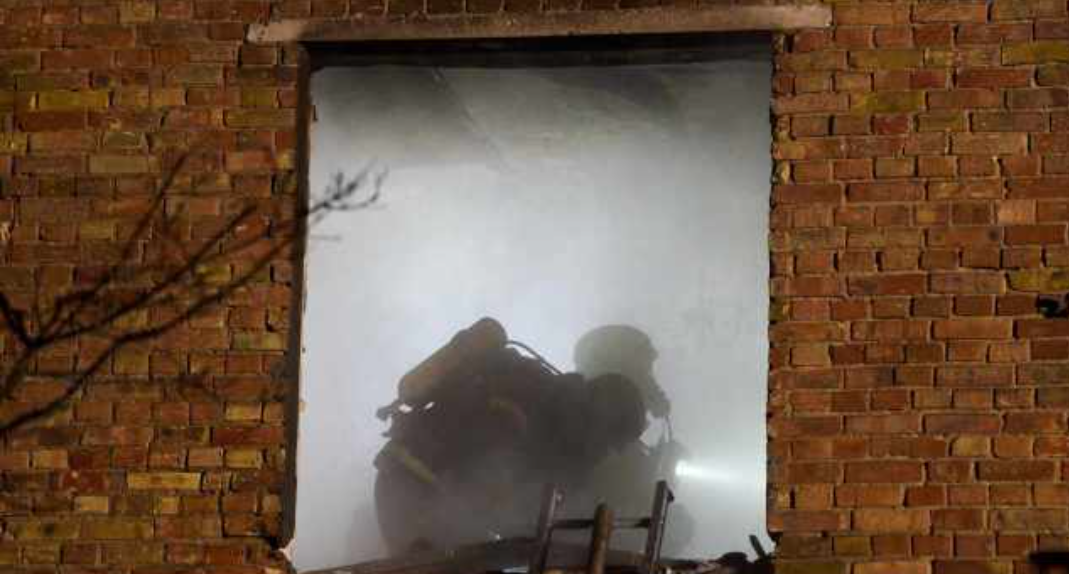
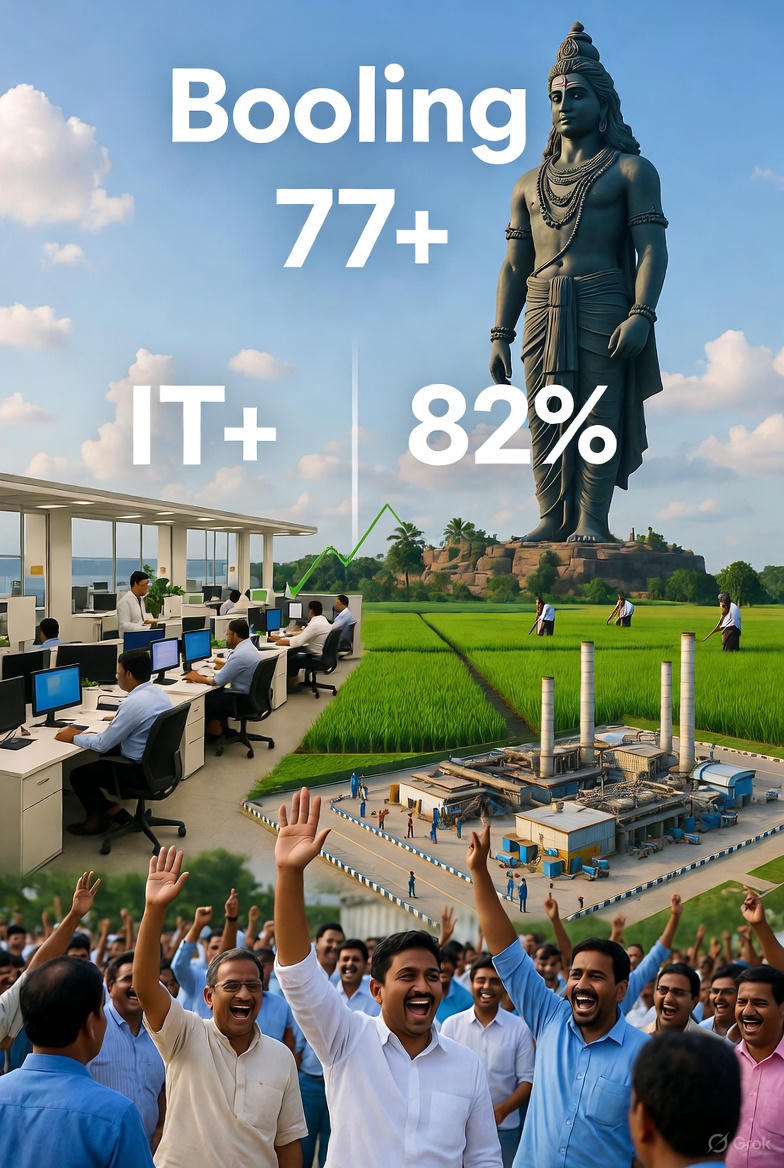


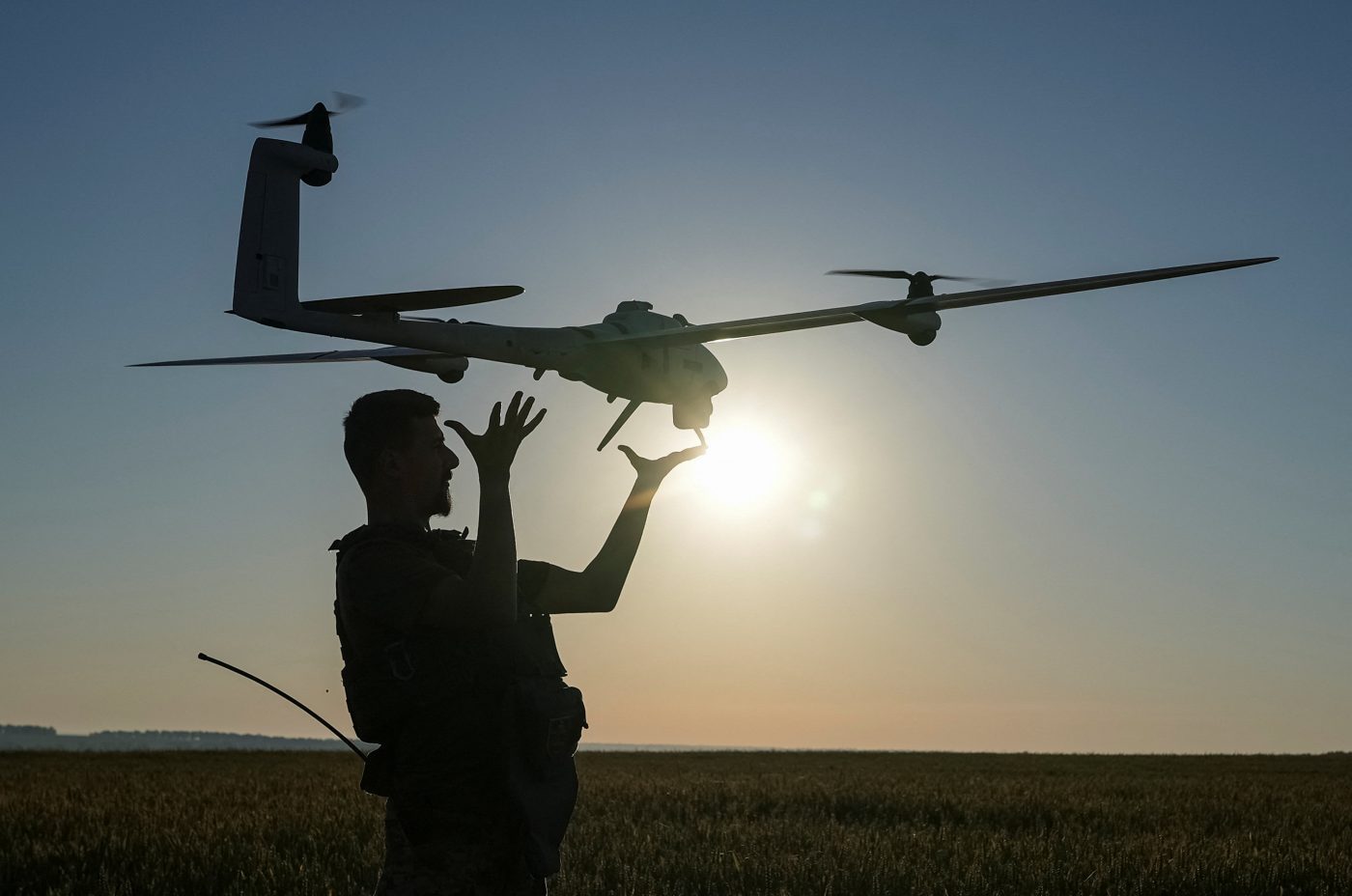


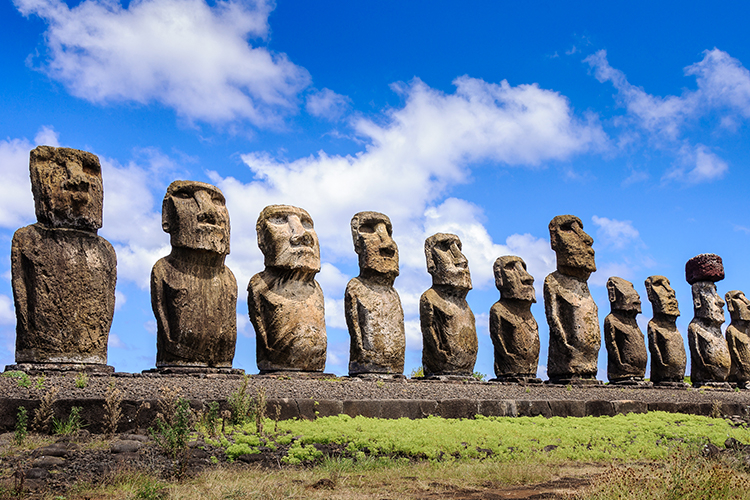






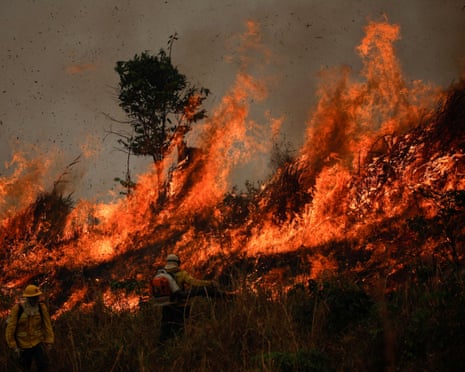
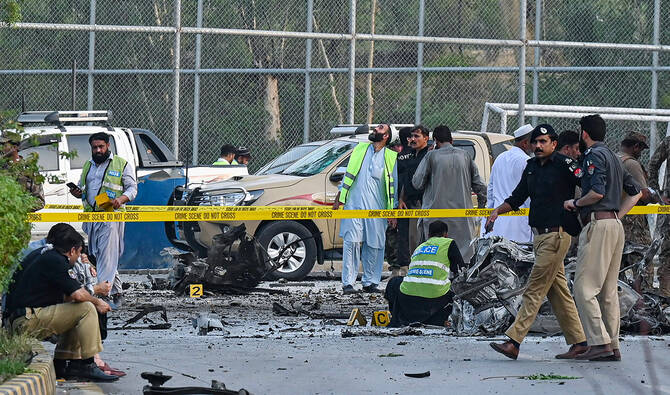


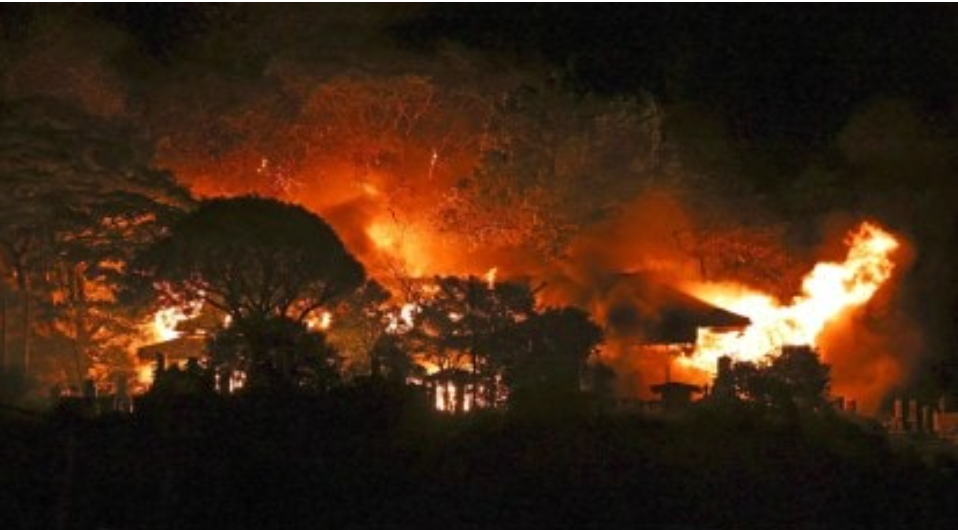


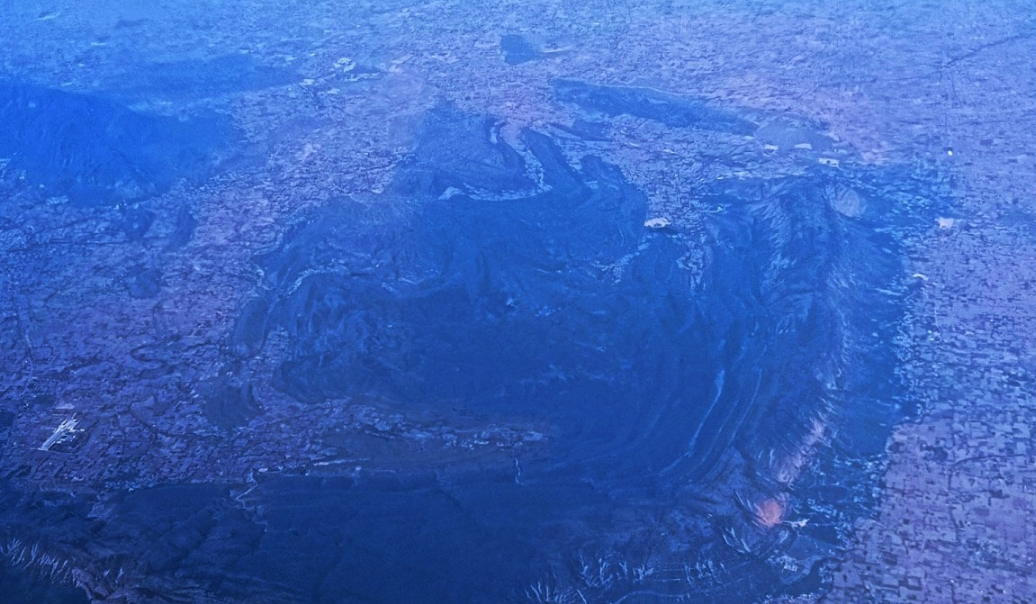
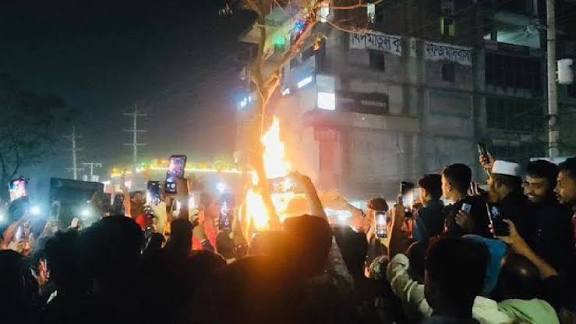
Leave a Reply